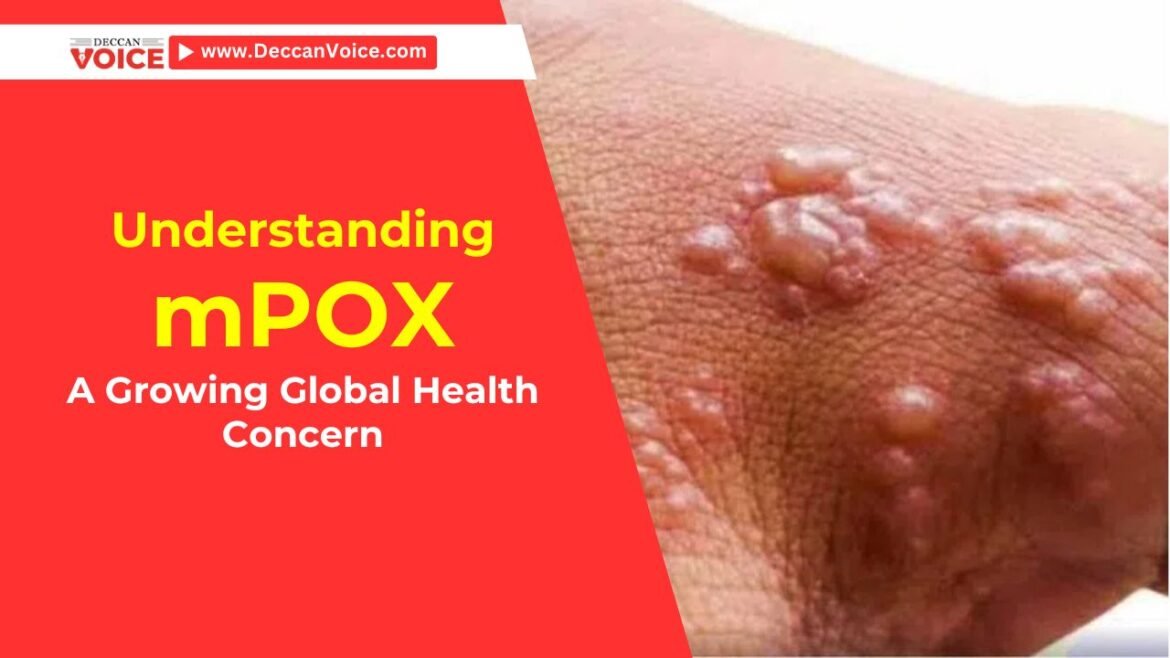Table of Contents
The World Health Organization (WHO) has declared mPOX, formerly known as monkeypox, a Public Health Emergency of International Concern (PHEIC). This declaration has drawn global attention to the increasing number of mPOX cases, particularly in Africa, where the virus has become a serious public health issue. In 2024 alone, there have been 17,500 reported cases and 460 deaths in Africa, underscoring the severity of the outbreak.
What is mPOX?
mPOX is a viral zoonotic disease, meaning it is transmitted from animals to humans. The disease is caused by the monkeypox virus (MPXV), which was first identified in 1958 during an outbreak among monkeys used for research. Human cases of mPOX were first reported in 1970 in the Democratic Republic of Congo, and since then, the virus has become endemic in several Central and West African countries. In 2003, the first outbreak outside of Africa occurred in the United States.
The disease is often compared to smallpox, as the symptoms are similar, but mPOX is generally less severe. However, the resurgence of the virus in recent years has raised significant concern, leading to the WHO’s PHEIC declaration.
The Severity and Spread of mPOX
There are two main clades or strains of the mPOX virus that have been identified in Africa:
- Clade I: This strain is endemic to Africa and is known for its severity, with a mortality rate of approximately 10%.
- Clade II: Also endemic to Africa, this strain is less severe, with a fatality rate of about 0.1%.
The significant rise in infections, particularly those caused by Clade I, has made it crucial for the global community to take action to prevent further spread.
Transmission of mPOX
Unlike COVID-19, which spreads primarily through airborne transmission, mPOX is not spread through the respiratory route. The virus is transmitted through direct contact with an infected person, particularly through contact with body fluids or lesion material during sexual contact. This means that avoiding direct contact with infected individuals and practicing safe sexual behaviors are key to preventing the spread of mPOX.
Public Health Advisory
Given the nature of mPOX transmission, public awareness is vital, especially in areas with a high concentration of people who may travel to or from regions where the virus is endemic, such as Hyderabad, a popular destination for African students pursuing higher education.
Advisory for Healthcare Providers
Healthcare providers, especially in areas like Hyderabad, must be vigilant in identifying potential mPOX cases. They should be on the lookout for patients presenting with flu-like symptoms, skin lesions, and a history of recent travel to Africa. Key symptoms include swollen lymph nodes, fever, headaches, body aches, and profound weakness, with a skin rash typically appearing one to three days after the onset of fever.
Conclusion
As mPOX continues to spread, global awareness and preventive measures are crucial. The WHO’s declaration of mPOX as a PHEIC serves as a wake-up call for the international community to take proactive steps in combating this viral disease. By understanding the nature of mPOX and adhering to recommended guidelines, we can work together to prevent its further spread and protect public health.



